-
Posts
2,596 -
Joined
-
Last visited
Content Type
Profiles
Forums
Gallery
Events
Posts posted by AON
-
-
-
-
-
My updated count of blocks is numbered at 1,323.
I've completed 16 models and template drawings to allow me to make them. These are on regular "A" size or letter size paper (8-1/2" x 11"). Most are modeled in strips of 6 blocks with ample space between each to cut them from a sized strip of wood.
Sizing standard single, double, treble and four fold blocks was easy enough as Steels (and Rees) give the proportions. Sizing the others meant finding the info. With the help of this site I was directed to Steels' block making section of The Elements and Practise of Rigging and Seamanship, Vol. 1. In the section entitled the Practice of Block Making ( https://www.hnsa.org/manuals-documents/age-of-sail/the-elements-and-practice-of-rigging-and-seamanship/block-making-vol-i/ ).
The open heart size given in tables is the length or height of the wider side, the cheek. The width of the cheek is approximately 3/4 x the height. The breadth has a single or double groove into which the standing rigging rope or strop wraps about. It is twice the size of the rope or three times the size of the doubled strop. This means the outside lips or wall of the heart holding the rope or strops into the groove is half the size of the rope/strop. I assume the thickness of the heart (outside to inside opening) is at least 1-1/2 x the rope size. This means the cross sectional depth of wood excluding the groove would be at least equal to the rope size. When I modelled it I sketched in five wrappings of the lanyard, checked where the outside wrapping fell and adjusted the thickness to suit. The inside flat of the heart is said to have four or more grooves for the lanyard. I put five in mine.
The closed heart size given in the table is once again the length or height of the heart. The inside will have the same number of lanyard wrappings as the matching closed heart mentioned above. The width of the heart (distance to the outside of the two legs) must locate the strop outside of whatever the open heart is spreading the strop to get around. The two hearts for the forestay and fore preventer stay to the bowsprit are sized to allow the jib boom to pass through underneath it. My jib boom measures 17" across the flats of the hex shape at its foot end. So the legs of my hearts are sized to drop the strops outside of 17" and the thickness is such that the top of the heart can accommodate 5 wraps of the lanyard.
The long tackle block is comprised of two sheaves, one above the other. It's size is the length of the cheek. Steels reads that it is 2/3rds longer than the proportion for a single block at one sheave to be 2/3rds less than the other, and made agreeable to the size of the rope. So we look at the rope size and calculate the various dimensions at the larger top sheave. The lower sheave is 2/3rds the diameter of the upper but similar thickness as it is the same size rope reeving through it.
The snatch block is proportioned by the rope, leaving 2X the length for the score and lashing, tapered from the sheave to the lash end to 1/2 the breadth and thickness at the sheave. BUT... the viol or voyol block, which is a snatch block is 10X the thickness of the sheave hole which is 3/8ths more than the thickness of the sheave. The thickness of the sheave is 1/10th more than the diameter of the viol (the rope), and the diameter of the sheave is 7X the thickness. The breadth of the block is 8X the thickness, and the thickness to be 2/7ths of the length. This was difficult to understand at first until I started with the two givens. The rope size is 13.5" (= 4.3" diameter) and the block size (cheek length) is 57". Then I worked backwards: the sheave thickness is 1/10th larger than the rope diameter (= 4-3/4"), the sheave hole thickness is 3/8" larger (= 5-1/8"); and the sheave diameter is 7X the sheave thickness (= 33"); the block thickness is 2/7X the length (= 16") and the block breadth is 8X the thickness of the sheave (= 34.4").
The dead eye size is the outside diameter, and they have a thickness 1" more than half their diameter. Three holes are bored through the dead eye, sized for the lanyard, in a triangular pattern, on a circle of 1/4 less than the diameter of the block (or 3/4X the diameter of the block). I made my dead eyes a little thicker and adjusted my hole circle slightly so they might be easier to make. The circumference is grooved to accept the stay rope.
Once done I realized this did not account for the gun rope blocks. I found one article in the NRG magazine 1962 issue 12-1 (The Sizes of Gun Tackles and Breechings by Edwin Newell Rich) which gave the rope and block sizes for the various guns on the various sizes of RN warships. I have both single and double block sizes of 6-1/2", 8" and 10" for 2-1/2" and 2" gun, train, and gun port tackles. My breech ropes are 6", 5" and 4" for the 32, 18 and 9 pound guns.
I received my "good to go" from the eye doctor, so I can get back to making my square frames now.
-
I spent a portion of the early morning reviewing two walk through tour videos, and it appears the public were not allowed in that area.
I also noticed they seem to never take any pictures of the one thing you are looking for at the time.
I have a CD of pics that was copied and distributed at one of our club meetings... and of course any image of the area is AWOL.
-
If you consider the bowsprit in the sense of a mechanical fulcrum, as I see it, the knights head is the pivot point. All lines (or ropes) outboard are either pulling down or up, except the guy pendants which are keeping it from sliding forward (unstepping), the gammoning is doing both, and the foot of the mast in the step is holding that end of the fulcrum stationary.
I think the partners (housings) are beefy fillers in an attempt to assist in keeping the mast from shifting, and keeping water from passing to other levels.
Possibly someone in the know might jump in.
-
-
Gary
I cannot say what Alfred had, but per The Fully Framed Model four volume series of books, and also The Anatomy of Nelson's Ships (pg 46), both sloops and 1st rates had partners (aka housings) on each deck arranged to keep the mast steady. So I imagine 3rd rates had them also. I believe the rake of each mast would be set and locked in/steadied at all levels. First the step and top most level (Locked), followed by those in between (Steadied).
I hope I have been of some service as I prefer to pass "it" forward if and whenever I can. I have been wrong a few times. I profess to know nothing more about this subject at this time. Still a lowly entry level trainee in this hobby, though at rare times I present as really smart.
Looking forward to reading any information you have for Alfred.
-
Gary,
I wonder, does every vertical mast (fore, main, and mizzen) have a "partner" at every deck level?
When you find the answer to that you may have the answer you are looking for with regards to the horizontal bowsprit mast.
Alan
-
Gary,
The only place I can find anything is in David Antscherl's book: The Fully Framed Model (Swan Class Sloops) Vol.2, Chapter 10, page 166, which is a drawing revealing carlings with a filler bowsprit partner filling the space left open by the bowsprit as it passes through. The bowsprit partner is somewhat egg shape or elliptically profile cut to mate to the bowsprit. As a 2" plank it is a filler piece and not a bowsprit support. Greg Herbert (Vol 3, Chapter 10, Pages 154 & 155) has images there also, but he had an excellent companion 3D model made that complements the book series and there are two wonderful 3D colour images of this in chapter 10 of the collection (the very first two images).
I believe this idea is what Druxey was alluding to in his post of yesterday (4th post from the bottom).
Although this reference is for a sloop and not a 74 gun 3rd rate, I would like to think they would likely not reinvent the wheel over this simple gap filler.
-
-
Had the book opened and under a short stack of others on the side table to my right.
Found plate 30 (photo) and it took me a moment to register the bowsprit passing through on the left hand side.
That oriented me, and then I understood what I was seeing ... prior to that all I registered was a table, two chairs, and what looked like a possible pigeon coop... or really big chickens.

-
Mark, thank you for the vote of confidence.
 I will refer to it the next time I am in doubt (which is often).
I will refer to it the next time I am in doubt (which is often).
I made an error in my post, corrected it and added a note identifying it. (Horizontal, horizontal, horizontal, .......... ad nauseam
 )
)
I admit I was aware of the collar beam, and so possibly should have added it to the list, but I suspect the bowsprit passes clearly under it as it might be difficult to install if it didn't.
I'll be copying your photo if you don't mind.
-
I tend to believe they did not for this "horizontal" mast as with everything I've seen (looked at) in the last couple of years did not seem to indicate any such bracing. ("correction": I originally referred to this as a vertical mast which was an error on my part. Now I need to get a brain tuneup)
I imagine that between locking the foot in place in it's step, the gammoning bindings, and the bowsprit shrouds, it t'weren't go'in nowhere.
Waiting to read what the more experienced modellers have to say... as I am unfortunately not one of those.
-
-
great use of elastic bands.
I find I either haven't enough or they are too short.
I am also always worried the "timber" (sliver of wood) I am binding back to will snap off
- ThirdCoast and Duanelaker
-
 2
2
-
It is done and my vision is amazing. Everything is so much brighter now.
I will likely need weak reading glasses and am presently using my shop safety glasses that have +1.5 magnification.
I was using the pair with +2.5 magnification the other day.
(Neither of these worked for me at all when my son gave them to me a year ago)
I am itching to get back in the shop, and the weather is not cooperating, it was sunny and warm yesterday.
It will be difficult to chose the basement over the outdoors in about 2 weeks when the doctor gives me the "all clear".
-
I've completed my spreadsheet tally of 879 blocks (standing and running rigging, less those in the boats) as at this time I believe I will include furled sails.
This includes what we normally think of a blocks, plus parrels, hearts and dead eyes.
My reference is Steels Rigging Tables for a 74 gun ship.
I've considered all sizes from 5" to 56" and the incremental differences at 1:64 scale. As it will likely be difficult to finish sanding a block shape to "exact scale" I believe I would group them so three consecutive sizes (5", 6" , 7") would be one size block (6") as the difference at 1:64 scale is extremely minimal. I would aim for the middle in any one group and have made a note to remind me of this. I just have to remember where the note is... or that there is a note!
This gives me 2 sizes of hearts (16" and 25") , 10 sizes of blocks (6", 9", 12", 15", 18", 21", 25", 28", 38" and 56") and 3 sizes of dead eyes (7-1/2", 11" and 17").
I go to get my other eye done this Friday, and three or four weeks later I will be able to go back down to my shop and get working on the square frames, and some blocks for the two yards I've made for the bowsprit and jib boom masts.
-
I still refer back to the article where they scrapped off layers of paint to reveal the original colours, then look at the various paintings.
But the original point was the number of pillars, single row or set of two rows.
We've digressed on Marks build. Sorry for that Mark.
Possibly this might be an excellent separate discussion elsewhere?
-
HMS Bellerophon Gun Deck water colour, date unknown
National Maritime Museum, Greenwich, London https://collections.rmg.co.uk/collections/objects/110266.html
-
Ahhh, but the article states they removed layers upon layers of paint to discover the Orlop deck painted a creamy stone colour, the surgeon's cabin "a grand two shades of blue", and the admiral and Captain's cabin a light blue. So is it not very likely the gun deck was painted something lighter, rather than blood red?
-
Druxey
Below is the image of HMS Victory in 1765
I am looking for the source of the Bellerophon painting above but suspect it is in early service.
- mtaylor and Captain Poison
-
 2
2
-
-

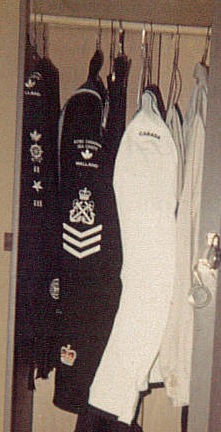

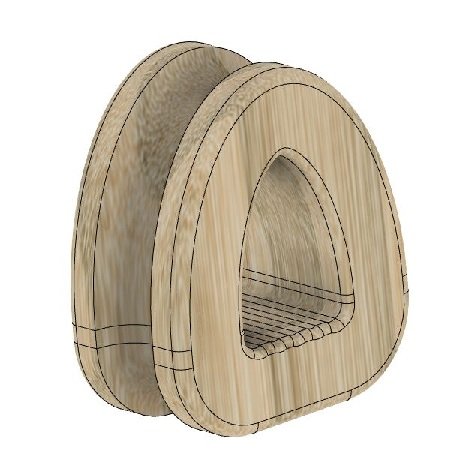
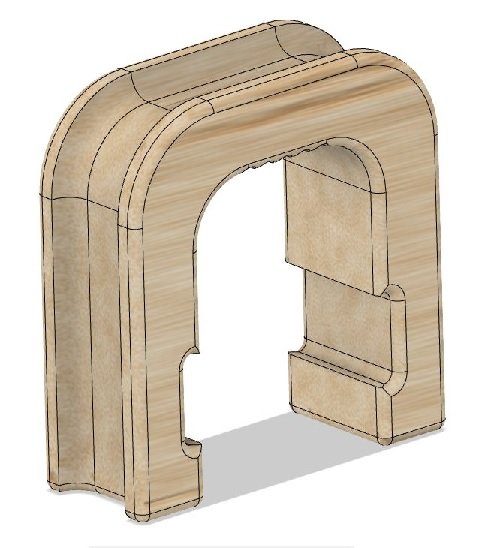
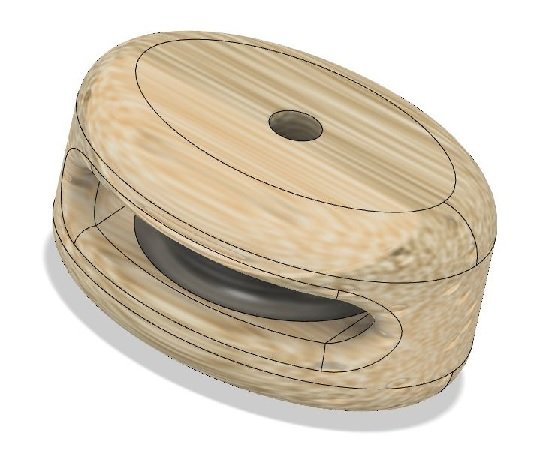
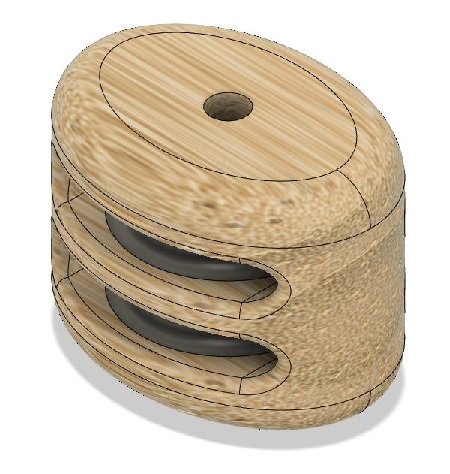
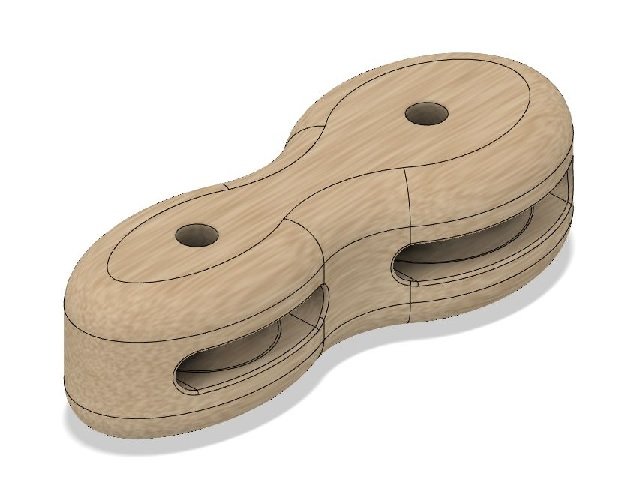
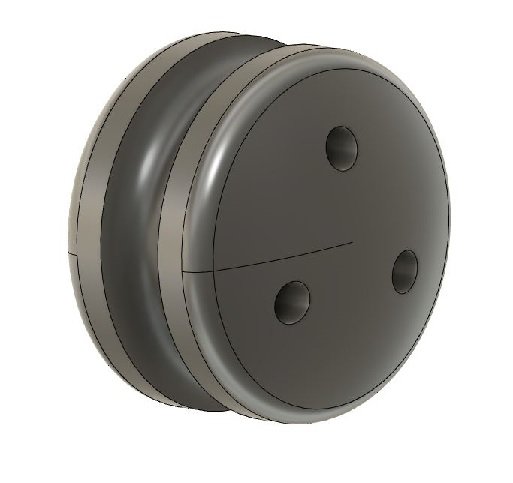
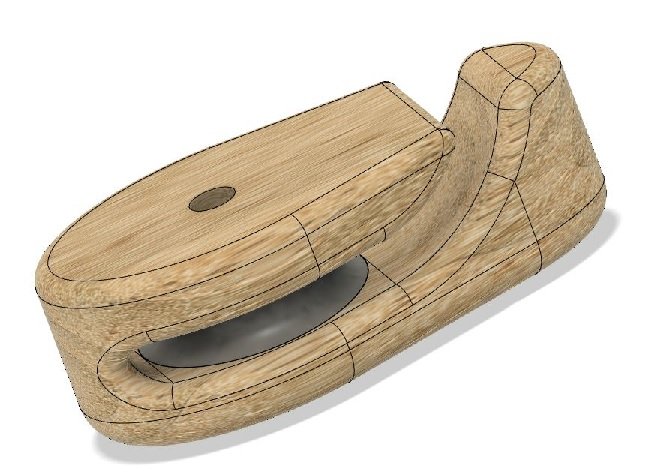

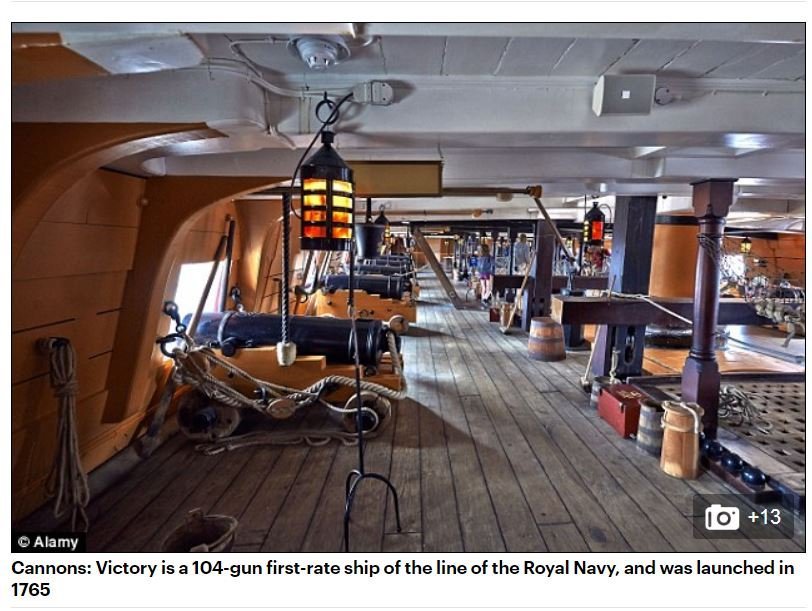
HMS Bellerophon 1786 by AON – scale 1:64 – 74-gun 3rd Rate Man of War - Arrogant-Class
in - Build logs for subjects built 1751 - 1800
Posted
take two, or twenty two.
I've reworked the closed heart.
I've included a sliced or cross section view showing the shape is made of two ellipses (top and sides) and one circle (bottom) off one common centre (the black dot).
I added fillets (radii) to the bottom outside and inside corners to soften/blend the edges/contour.
I honestly think I have it this time.